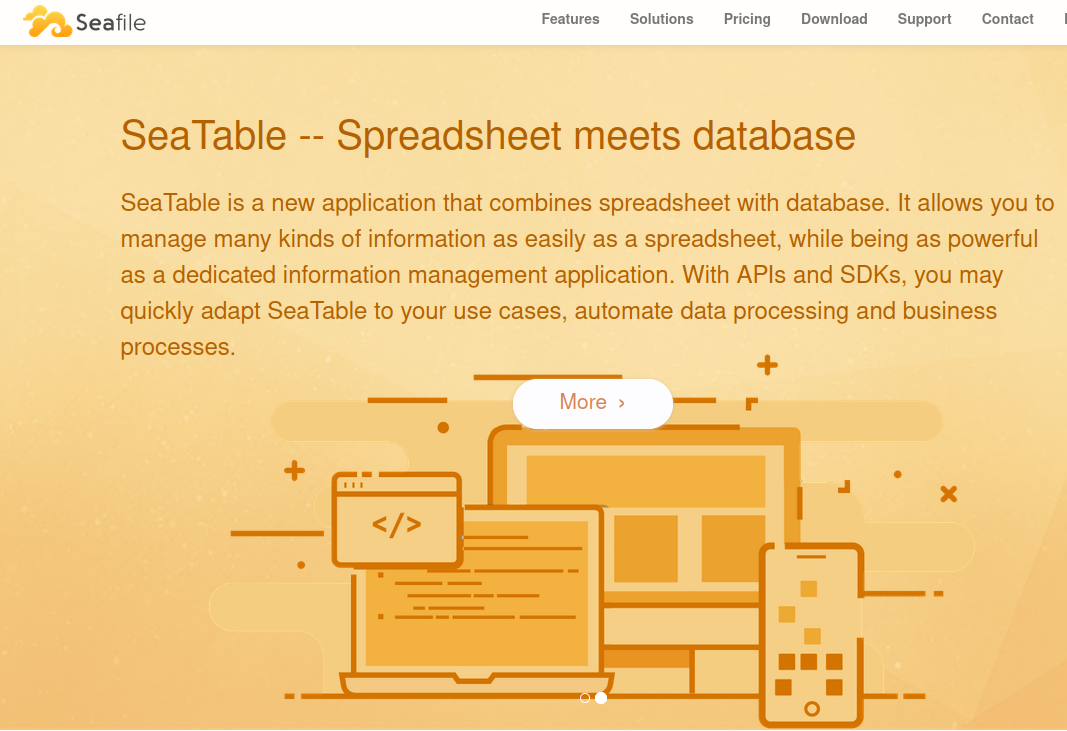Seafile Downloads und Manuals:
https://www.seafile.com/en/home/
Voraussetzungen: Python, Django
Getestet unter Ubuntu 20.04
MySQL Installation
https://www.digitalocean.com/community/tutorials/how-to-install-mysql-on-ubuntu-20-04
Seafile Installation mit MySQL Basis
https://manual.seafile.com/deploy/using_mysql/
Es wird der User ’seafile‘ für MySQL Zugriff von Seafile verwendet.
Damit beim Seahub Start der Admin Account mit Passwort angelegt werden konnte, musste noch folgender MYSQL Befehl abgesetzt werden:
mysql -u root -p
mysql> ALTER USER ’seafile‘ IDENTIFIED WITH mysql_native_password BY ’secret‘;
Installationspfad: /opt/seafile/
Konfiguration Fileserver: /opt/seafile/conf/seafile.conf
Konfiguration Seahub Webserver: /opt/seafile/conf/seahub_settings.py
HTTPS mit NGINX Webserver für SSL Redirect:
https://manual.seafile.com/deploy/https_with_nginx/
Let’s Encrypt Zertifikat automatisch beziehen und konfigurieren:
https://certbot.eff.org/instructions?ws=nginx&os=ubuntu-20

Automatisches Zertifikat Renewal prüfen:
sudo certbot renew –dry-run

Automatischer Start des Seafile-Servers:
https://manual.seafile.com/deploy/start_seafile_at_system_bootup/
SMTP Mail Konfiguration:
https://manual.seafile.com/config/sending_email/
OPTIONAL:
E-Mail Template Einstellungen:
https://manual.seafile.com/config/customize_email_notifications/
LDAP Integration:
https://manual.seafile.com/deploy/using_ldap/
Seafile Datenverzeichnis umleiten auf zweite Festplatte oder Netzwerk-Pfad:

Nun kann ein Symlink das Datenverzeichnis umleiten:

Symlink – wie gehts?
